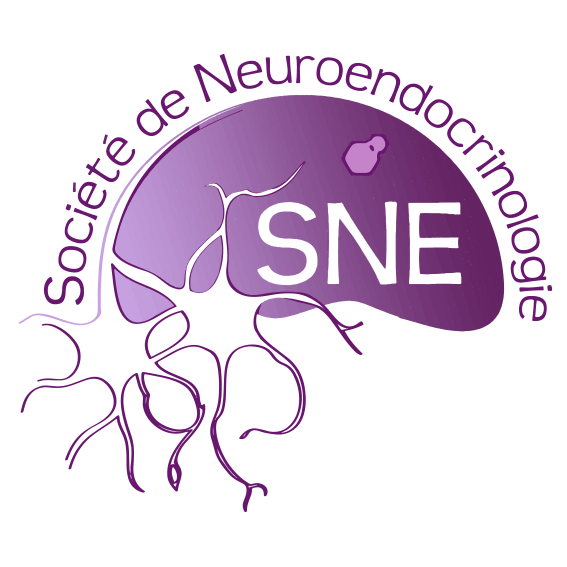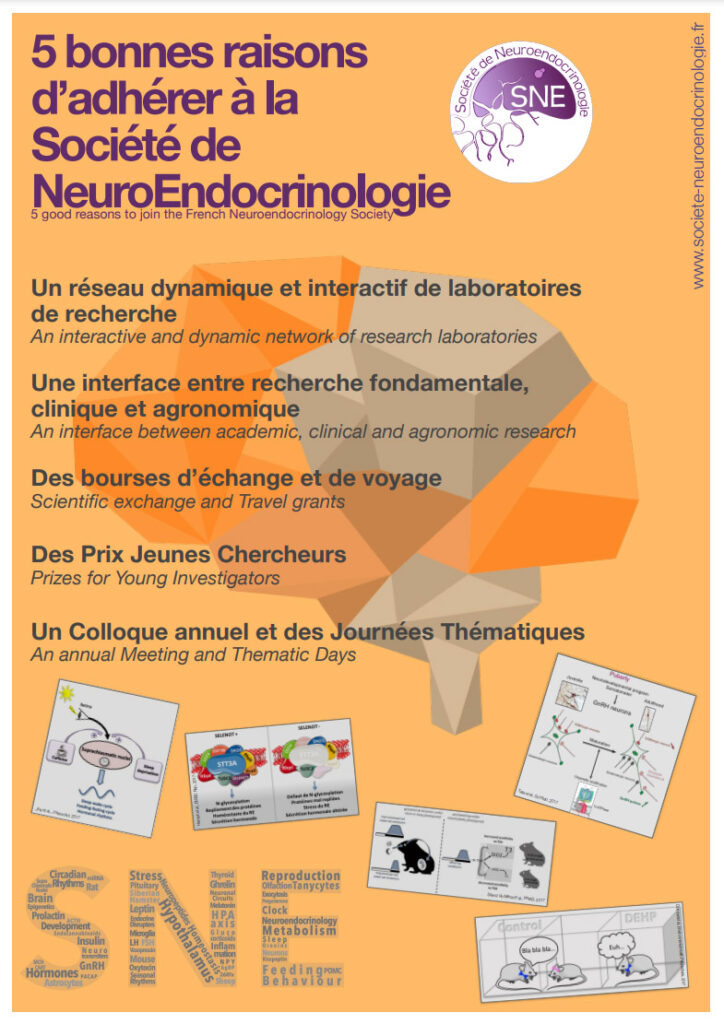27 ème colloque de la Société de Neuroendocrinologie Lille – 2-5 septembre 1998
A.E. HERBISON (1), D.L. VOISIN (2),
V.S. FENELON (3), A.B. BRUSSAARD (4)
(1) Lab. Neuroendocrinology, Babraham Institute, Cambridge
(2) INSERM U378, Lab. Neuroendocrin. Morphofonctionelle, Bordeaux
(3) CNRS UMR 5816, Lab. Neurobiologie, Arcachon
(4) Research Institute Neurosciences, Vrije Universiteit Amsterdam
The magnocellular oxytocin neurones exhibit marked fluctuations in their pattern of electrical and biosynthetic activity throughout the reproductive cycle. Experiments were undertaken in the rat to establish (i) the role of the inhibitory amino acid GABA in generating the episodic firing pattern of oxytocin neurones and (ii) whether this neurotransmitter system was involved in mediating the gonadal steroid-dependent plasticity of the oxytocin neurone network which occurs during pregnancy and lactation.
Several ultrastructural studies had shown that the magnocellular oxytocin neurones located in the paraventricular (PVN) and supraoptic (SON) nuclei received a dense GABAergic innervation. Using double-labeling immunocytochemistry and in situ hybridization techniques, we were able to demonstrate that all oxytocin neurones in the SON and PVN expressed GABAA receptors and that they were comprised of 1, 2, 2, 3 and 2 subunits of the GABAA receptor.
In vivo studies involving the administration of GABAA receptor agonists or antagonists into the third ventricle, or directly into SON, indicated that the intermittent high frequency electrical activity of oxytocin neurons during lactation was dependent upon GABAA receptor activation. In contrast, no evidence was found for a tonic role of GABAB receptors. In vivo microdialysis studies, revealed a constant level of GABA release within the SON which did not fluctuate with episodic oxytocin secretion during lactation. Together, these studies suggest that GABA has an important role in acting through the GABAA receptor to enable, rather than generate, the episodic electrical activity of oxytocin neurones during lactation.
During pregnancy, in vivo pharmacological and in vitro patch clamp electrophysiological studies showed that GABA acted through the GABAA receptor to provide a powerful tonic restraint on oxytocin secretion and oxytocin electrical activity during late pregnancy. In situ hybridization experiments revealed that oxytocin neurone expression of the GABAA receptor 1 subunit increased with advancing pregnancy only to fall precipitously prior to birth. Subsequent investigations showed that these changes in 1 subunit expression were likely to be driven by fluctuating progesterone concentrations. In vitro antisense and whole cell patch clamp studies of inhibitory post-synaptic currents (IPSCs) in oxytocin neurones demonstrated a clear relationship between the peripartum fall in 1 subunit expression and IPSC decay kinetics. The sensitivity of GABAA receptors on oxytocin neurones to the progesterone derivative allopregnanalone was also altered markedly over this period; allopregnanalone had a rapid and powerful facilitatory effect on both IPSCs and firing frequency during late pregnancy but had no effect at the time of birth. In vivo microdialysis studies revealed that GABA release within the SON did not change over late pregnancy and parturition. Together, these studies suggest that oxytocin neurone GABAA receptor expression, rather than GABA input to these cells, is modulated by gonadal steroids to facilitate the transition of these neurones from relative quiescence to intense episodic electrical activity at the time of birth.

